The Grand Tourist 2025 Last-Minute Gift Guide
We assembled our favorite design objects for the people on your list that have everything, including taste.
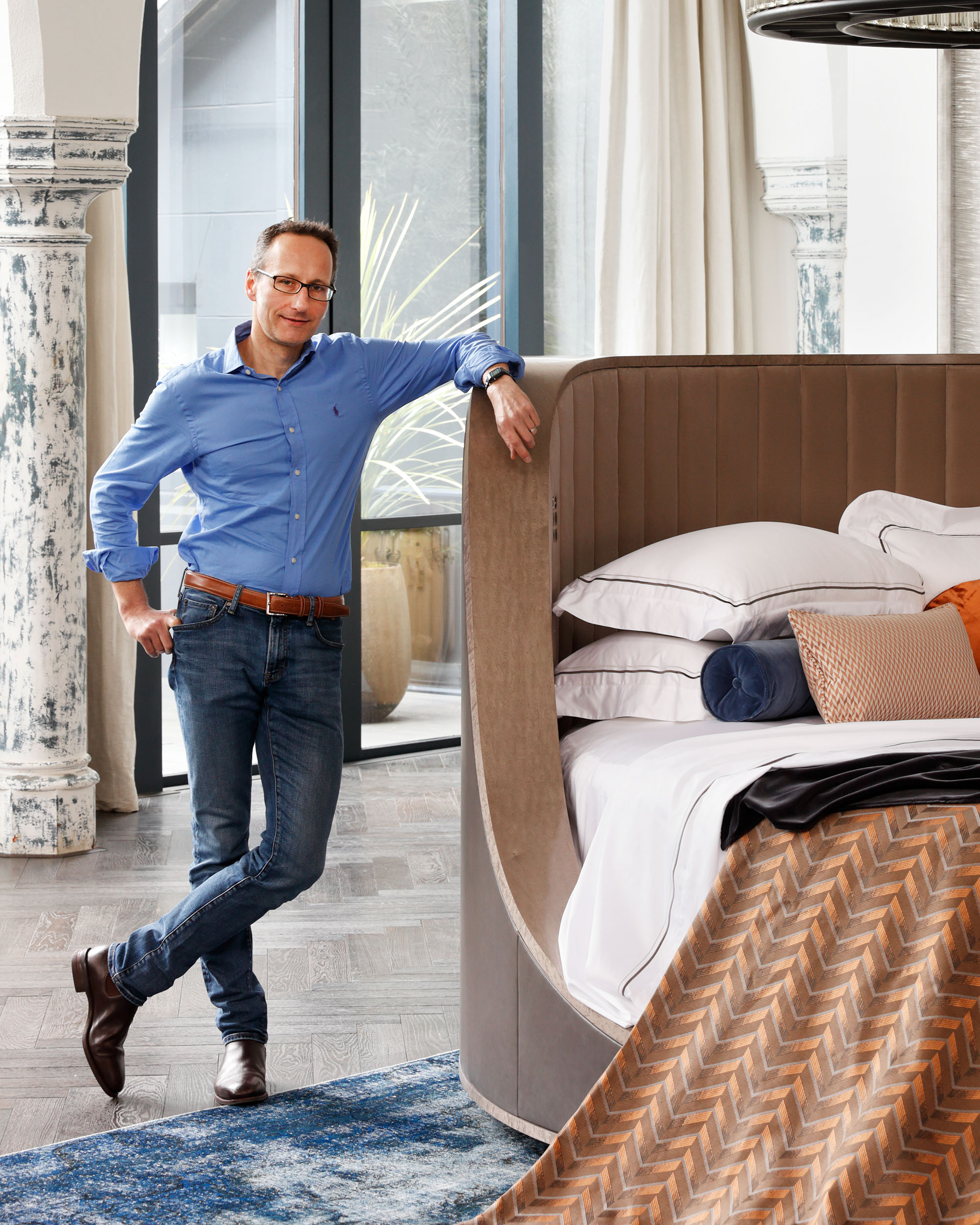
Welcome to The Curator, a newsletter companion to The Grand Tourist with Dan Rubinstein podcast. Sign up to get added to the list. Have news to share? Reach us at hello@thegrandtourist.net.
Alistair Hughes doesn’t talk about beds the way most people do. “Essentially, what we’re trying to provide is the best night’s sleep we possibly can,” says the director of London-based Savoir Beds. “We’re not just delivering a product. We’re delivering sleep.”
Founded in 1905 to furnish the Savoy Hotel, Savoir has long been a hallowed name in luxury beds and mattresses. Under Hughes’s leadership, it has become something more: a studio of materials, design, and wellness. “We want to make it look nice, so it’s aesthetically pleasing,” he says. “But actually, the comfort and the quality of sleep it delivers is the big thing.”
Their latest offering, Tranquility, is a collaboration with Winch Design, a London firm known for high-spec superyachts, private jets, and residences around the world. “Michael at Winch saw the skill sets we had working with leather and beautiful upholstery and immediately said yes to collaborating.” The result is a bed that wraps the sleeper with a sculptural headboard and footboard. “He wanted to bring…the glory days of kind of almost steamship travel—the Deco kind of ’20s, ’30s,” Hughes explains. “And also he was very taken with the idea of creating a sanctuary—somewhere you feel safe and secure.”
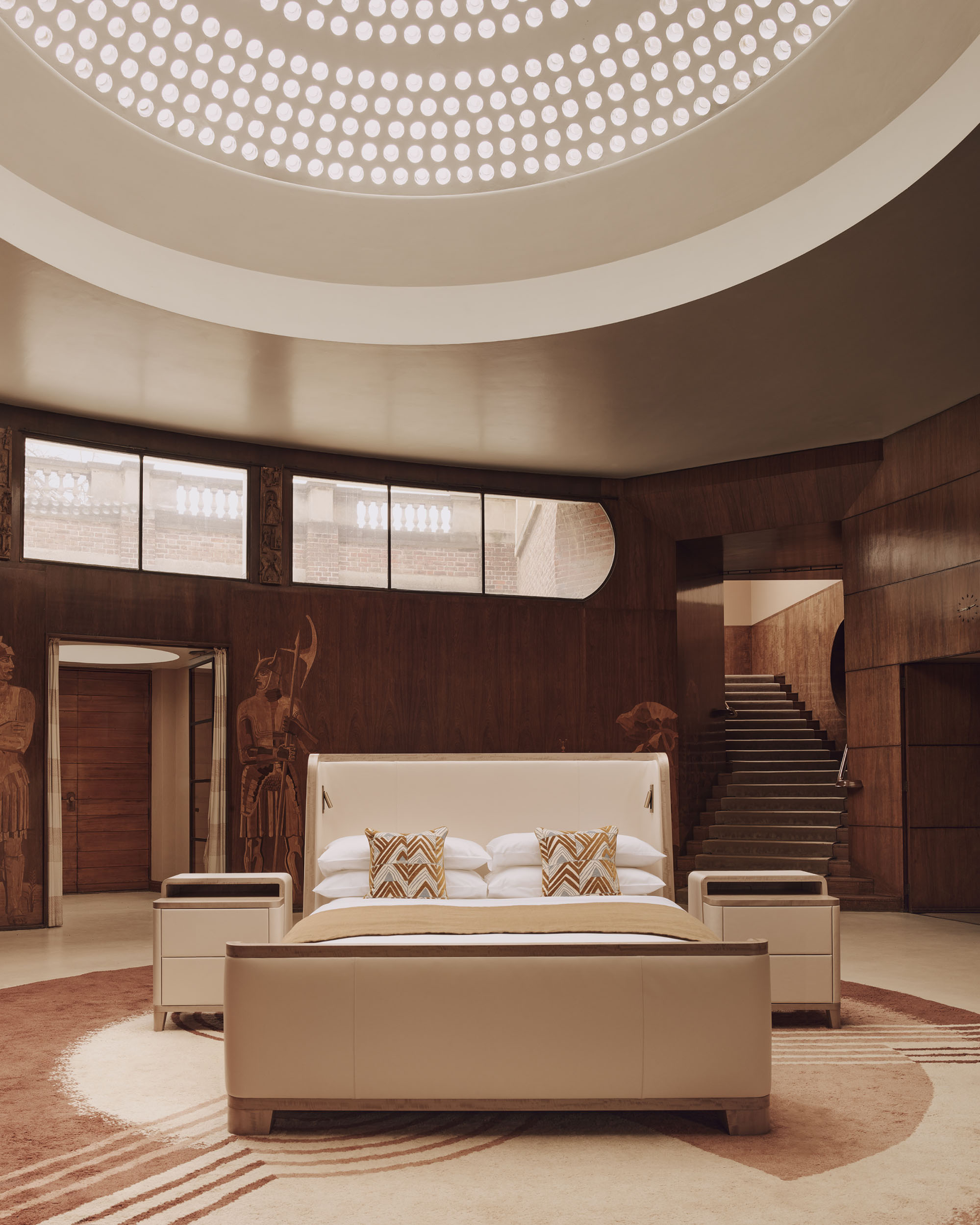
That commitment to function through material is a core part of the company’s philosophy. “Many people don’t really think about what goes into their mattress,” Hughes says. “So when they learn there’s horse tail in there…they ask, ‘What on earth is that all about?’” (Hair has long been used as a spring, and the longest hair you can possibly get is horse tail.) Comfort, though, is just one side of the equation. “The other amazing thing about hair is that it’s a great temperature regulator, and that’s key to sleep. And most of us sleep too hot.”
That focus on material integrity also led to the development of the Reformer, Savoir’s vegan-certified mattress. “The truth is this—a plastic bed is vegan,” Hughes says. “But it has all the downsides I’ve just described. So we started thinking, well, what plant-based alternatives are there?” It took years of development. “We had to…make our own glue because we couldn’t get a wood glue that was vegan.”
Savoir’s bespoke capabilities extend globally, with showrooms in the States, Asia, and Europe. “There are just differences,” Hughes says. “In Europe, any big bed is almost always a zipped pair. Americans just seem to detest the idea.” In other markets, needs vary. “In Asia and the Middle East…the kids will receive that high quality as well.”
But no matter where the bed goes, Hughes returns to one point: “You spend hundreds of thousands of dollars on a lovely kitchen…and 90 percent of the time in that bedroom will be in bed. It’s where they are, and where you’re already spending the time.” —Dan Rubinstein
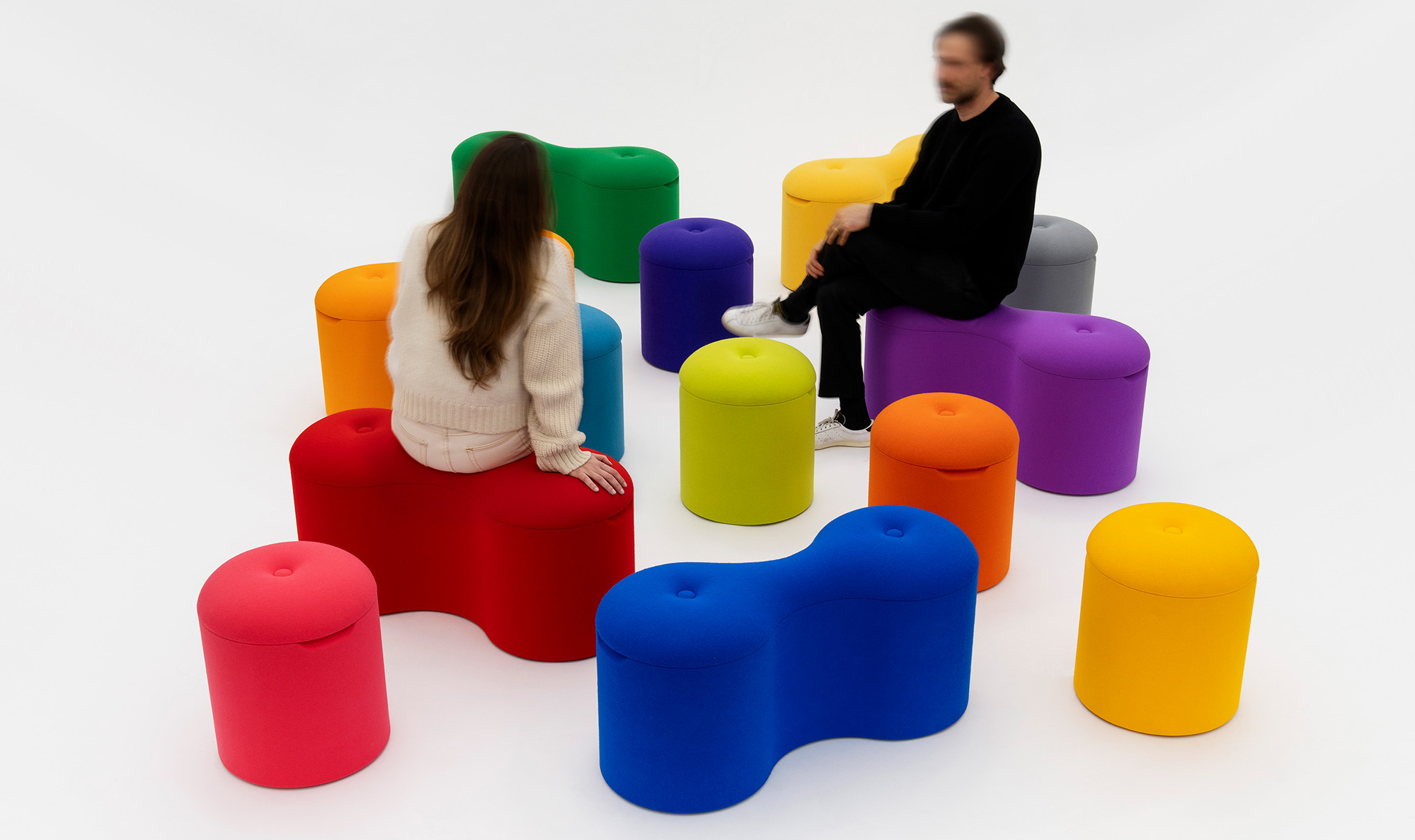
The Best in Gallery Openings: From an Homage to a Legendary Designer to a Painter’s First Foray into Furniture
Los Angeles, “Josh Sperling: Big Picture” (Until July 3)
Over the past decade, Josh Sperling has concentrated his attention on perfecting his handling of form and color. His playful 3D paintings boil down the spirit of ’80s Memphis design—inspired by his MTV-steeped childhood—into minimalist swirls, squiggles, and swoops. “It was a slow journey to get to where I am with my understanding of color,” he has explained. “My first paintings were one color, then two colors, and then 87 colors. I am constantly learning new things about color; it is infinite.” Now, Sperling extends his exploration into furniture design. The Ithaca-based artist’s West Coast debut presents his new modular benches, upholstered in colorful wool and fitting together like Lego pieces, alongside huge distinctive paintings reaching 28 x 12 feet. perrotin.com
Basel, “Meret Oppenheim” (Opens June 4)
In the spring of 1932, 18-year-old Meret Oppenheim left her high school in Switzerland and went to Paris to study art. The audacious young artist’s early work impressed the surrealists, and she quickly fell in with André Breton’s circle. Four years later, she made what would be the most famous work of her career, a sensational fur teacup, saucer, and spoon, which she named Object. Oppenheim also drew, painted, and made sculptures that were just as groundbreaking in their originality, but Object would eclipse the rest of her career, branding her, narrowly, as a surrealist. This show delves into all the corners of Oppenheim’s practice, including an early watercolor painted in her hotel room that first year in Paris and a 1967 painting of Mona Lisa’s left eye. hauserwirth.com
New York, “Statement: Joseph-André Motte” (Until June 28)
After World War II, when mass production became a priority of design, French designer Joseph-André Motte fortunately understood that beauty didn’t have to be sacrificed. Cheap and functional materials like concrete and plastic could be more than austere. “Material is in charge, then imagination,” was his ethos. Early on, Motte designed furniture using plastic, stainless steel, and wood. The ’70s would cement his legacy as one of France’s most influential postwar designers, when he was commissioned for projects throughout Paris, from the plastic seating in the Métro to the interiors of the Louvre and the Charles de Gaulle airport. This show brings together Motte’s innovative furniture designs from the ’50s to when he began working in interior design in the early ’70s. demischdanant.com
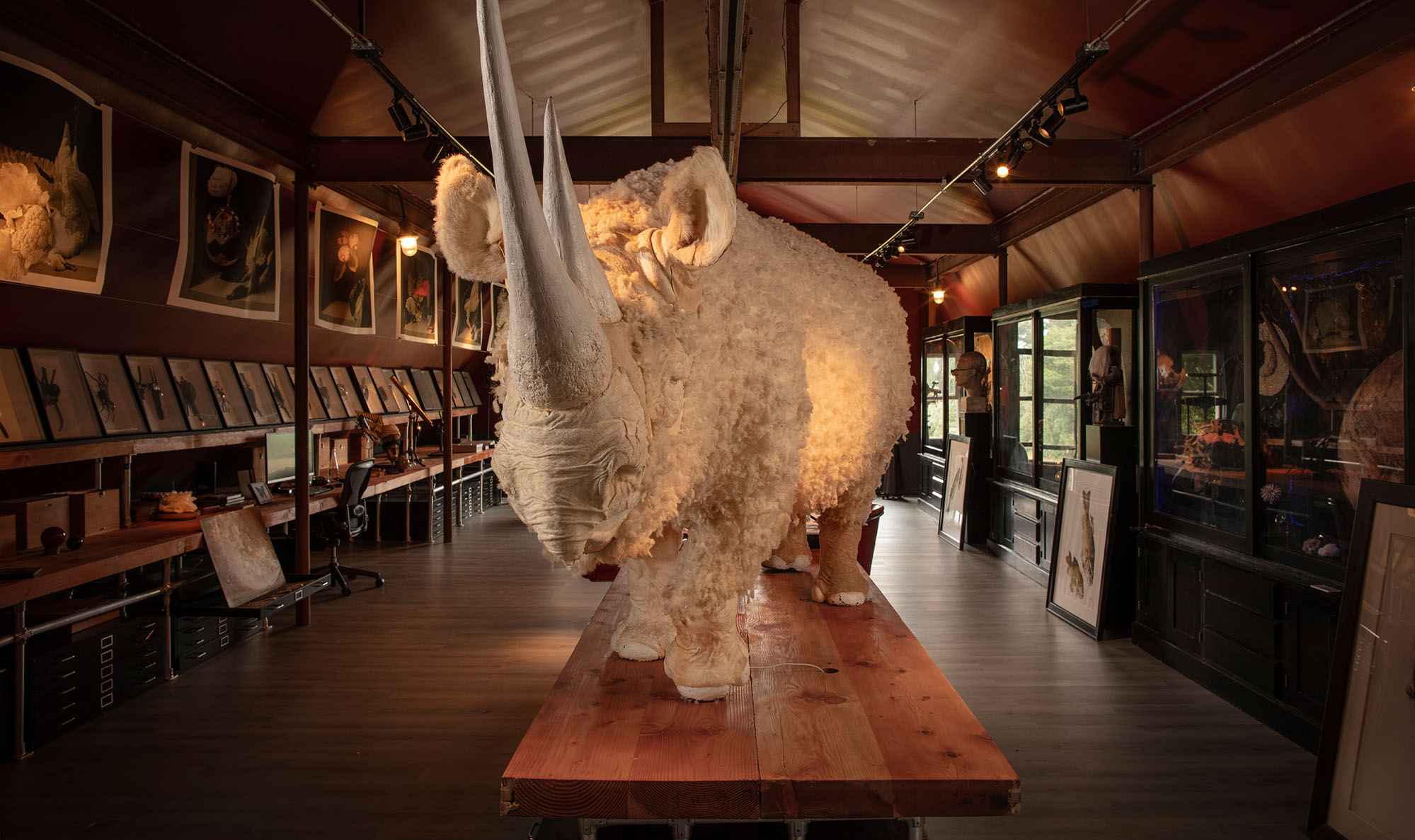
New York, “Thierry W. Despont: Modern Renaissance Man” (Opens June 4)
“I like to create a small universe,” said the late French architect and artist Thierry Despont in a 2015 Vanity Fair interview. “From the master plan to the doorknobs, from the trees planted outside to the way people will sit and eat and dance inside, you create and control a whole microcosm.” The legendary designer restored the Statue of Liberty and designed the interiors of the Ritz in Paris, the Getty Center in L.A., and Casa Cipriani in New York, as well as homes for the world’s billionaires and elite. The gallery, which Despont had a close relationship with as a longtime client, pays homage to his singular career with this show, which re-creates elements of his iconic Tribeca office—in which he ripped out a floor to give towering ceilings—and his art studio in the Hamptons. It features his colossal moon paintings, quirky sculptural assemblages, and other of the designer’s treasures. maisongerard.com
Paris, “Unhome: Martin Boyce” (Until July 26)
For the work that won him the Turner Prize in 2011, Scottish artist Martin Boyce made a gallery evoke a public park—one with geometric leaves, concrete trees, and a lopsided trash can. He described it as “a collapse of nature and architecture.” Throughout his practice, Boyce transforms familiar objects and textures such as chain-link steel and fluorescent lighting into something unfamiliar, even eerie. In this show, Boyce turns his attention to the domestic environment with new sculptures, including a pink chandelier and a diptych of photos from his Glasgow home. He even designed the ventilation grates in the room. estherschipper.com —Vasilisa Ioukhnovets

We assembled our favorite design objects for the people on your list that have everything, including taste.
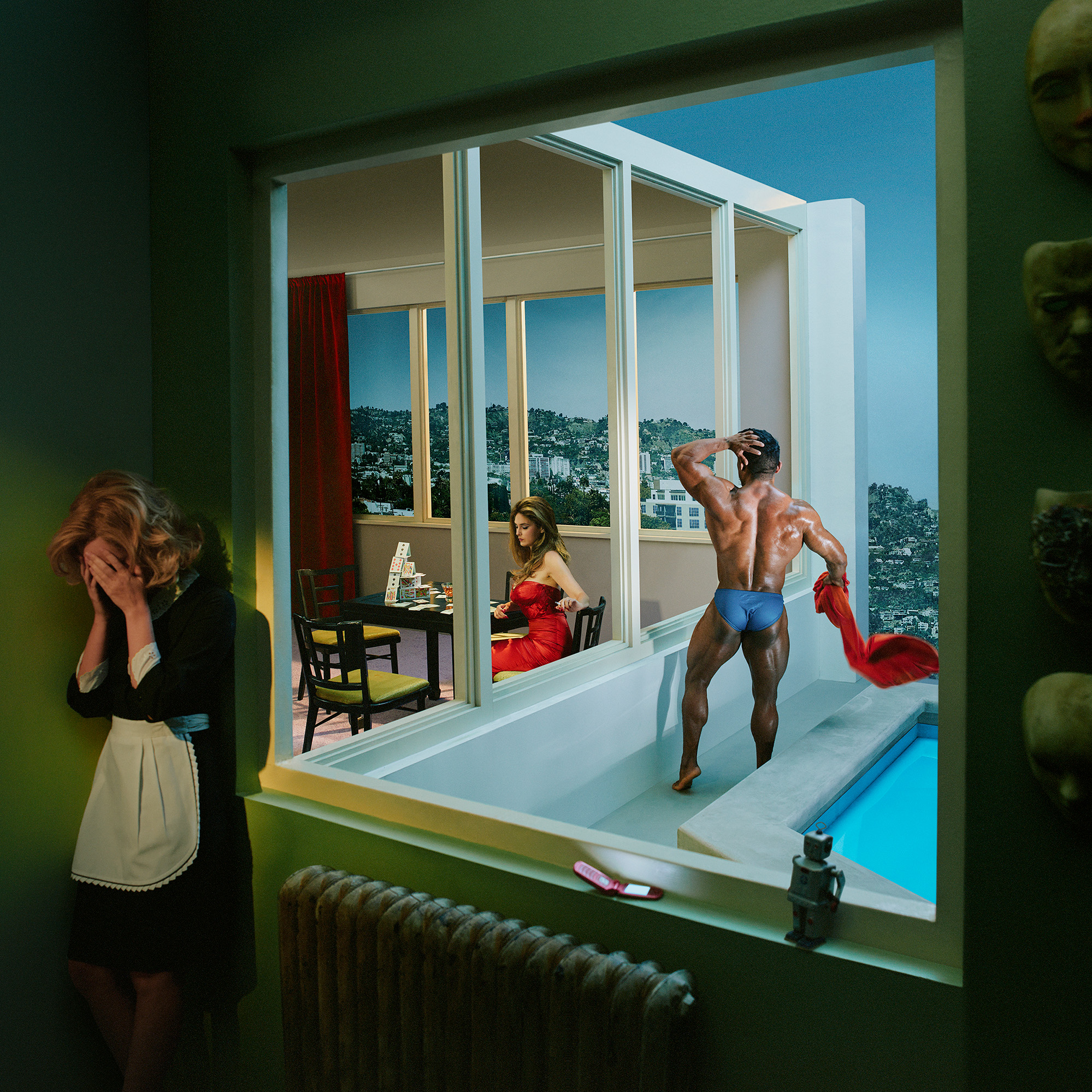
We checked in with our former podcast guests who will be inching through Miami traffic, unveiling new works, signing books and revealing new projects this year.
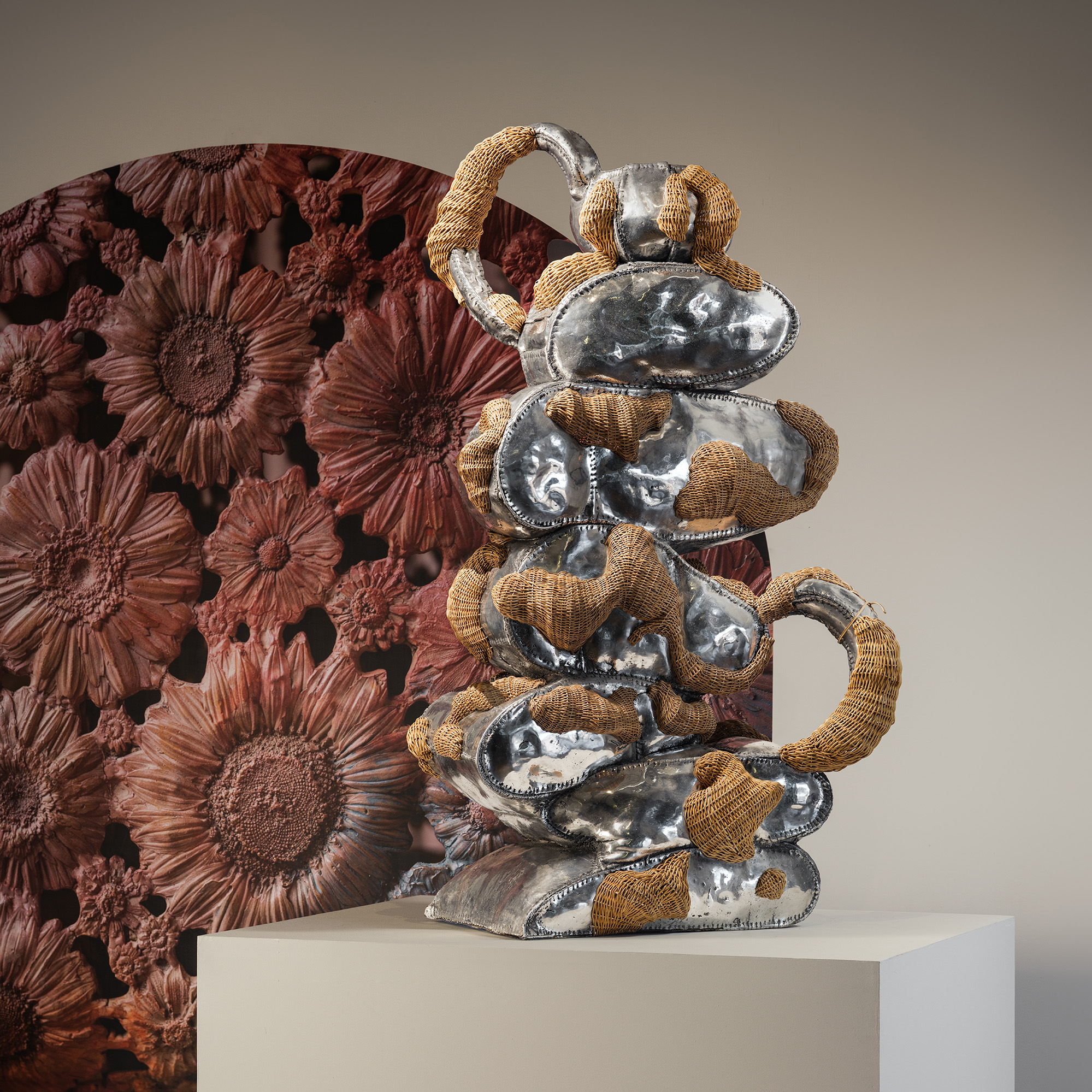
The ecstatic designs of Chris Wolston come to Texas, Juergen Teller's most honest show yet opens in Athens, a forgotten Cuban Modernist is revived in New York, and more.